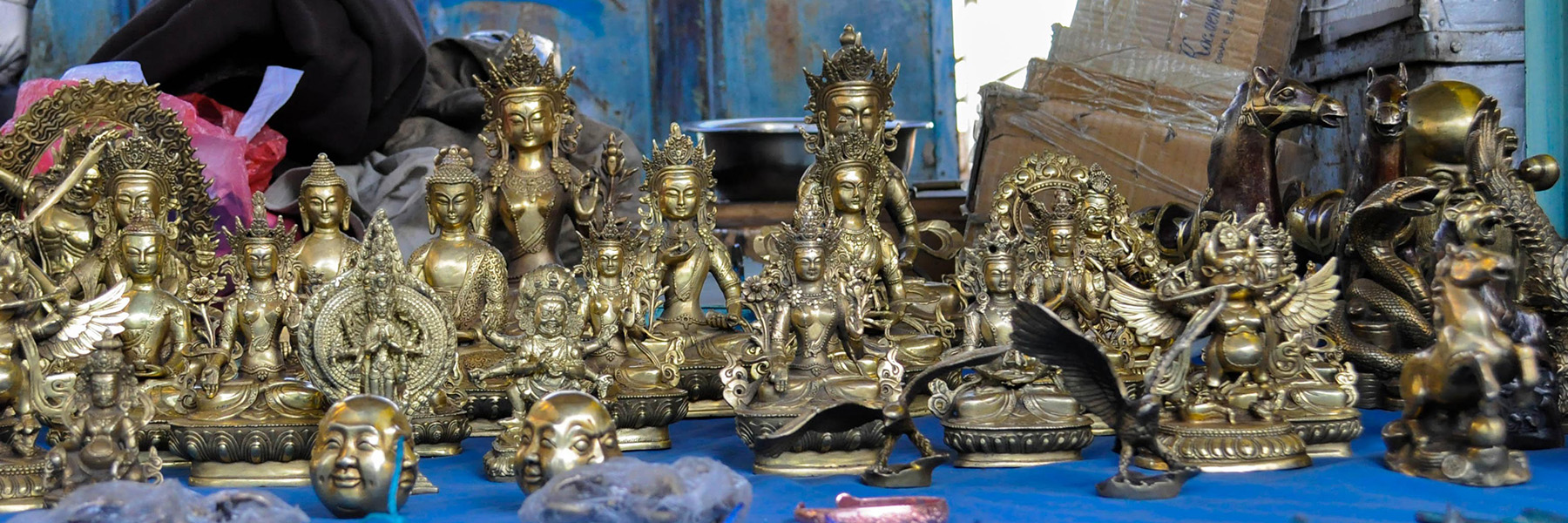The Mongol Empire (1206‒1368) was history’s largest land-based empire of all time. This empire and its successor states had enormous influence on subsequent world history. Traditional Mongol society provides many fascinating examples of social change under the influences of foreign conquered and conquering nations. Knowledge of Mongolian is essential to academic researchers in any field dealing with Mongolia, including history, anthropology, linguistics, biology, ecology, political science, and economics.
Linguistically, Mongolian is one of the best documented languages of the Central Eurasian Steppe. The language has many unusual and fascinating linguistic features, whose development can be studied over a period of more than eight centuries.
In 2011, Mongolia celebrated 100 years of independence. These 100 years, full of tragedy and triumph, make Mongolia important for studies of grasslands ecology, economic development, collectivization and privatization of herding, and changes from a small-scale traditional society to a state socialist and then a free market society. Mongolian has been the country’s language of government, administration, and culture for centuries and in all of these fields, valuable research by native scholars has only been published in Mongolian.
Since the 1990s, Mongolia has been transitioning to a market economy. With its extensive land and mineral deposits, Mongolia attracts foreign investments and businesses. Mongolian economy has been proclaimed to be the next Asian Tiger (i.e. it is predicted to be the fastest growing economy in the region). As business partnerships with Mongolia and the United States grow, this creates a demand for educated Americans who are fluent in Mongolian.
Learning Mongolian can be a lot of work, but it’s fun! Mongolian has a phonetic alphabet, a consistent word order and grammar, and no pesky grammatical gender or noun-adjective agreement to trip you up. Best of all, Mongolia is one of the most opening and welcoming countries of Central and Inner Asia. With its thriving club scene, folk and classical music, and rich traditions of painting, Mongolia’s culture is a unique blend of nomadic and modern.



